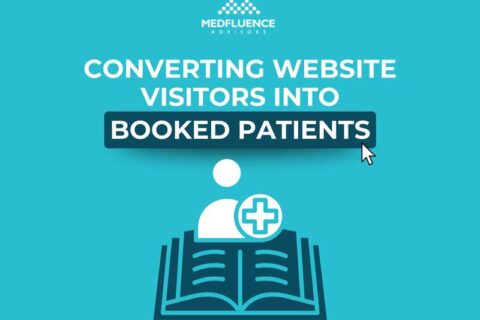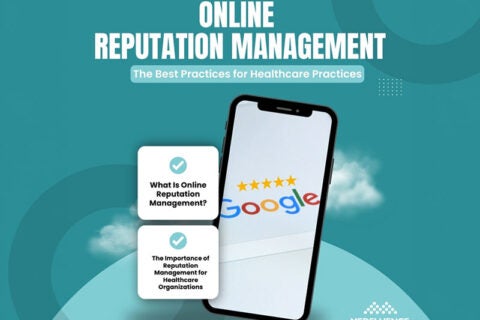The Future of Patient Retention: Strategies for Long-Term Engagement
Research reveals that losing just one patient to another provider can cost a medical practice up to $200,000 over that patient’s lifetime, while retaining patients is up to five times more cost-effective than acquiring new ones. When we talk about growing a medical practice, the conversation often revolves around bringing new patients through the door.
Yet there’s a quieter, equally powerful story unfolding in waiting rooms across the country—one of patients who return, who trust, who become not just cases but ongoing relationships. Think about it: a patient who finds their way to your practice has already overcome significant hurdles. They’ve sorted through confusing symptoms, navigated insurance mazes, and placed their trust in your hands. This hard-won relationship represents not just a single appointment but the potential for years of meaningful care. When these connections fall through the cracks, both patients and practices lose something valuable—continuity of care that leads to better outcomes, deeper understanding, and more fulfilling medical work.
For physicians dedicated to innovative treatments for complex conditions, patient retention takes on even greater significance. These are often individuals who have searched extensively for answers, who need consistent follow-up, and whose success stories unfold not in days but in months and years. As we look toward the future of healthcare, the practices that thrive will be those that master not just the art of attracting patients, but of creating an environment where those relationships can flourish and deepen over time.
The Evolving Value of Patient Retention in Healthcare
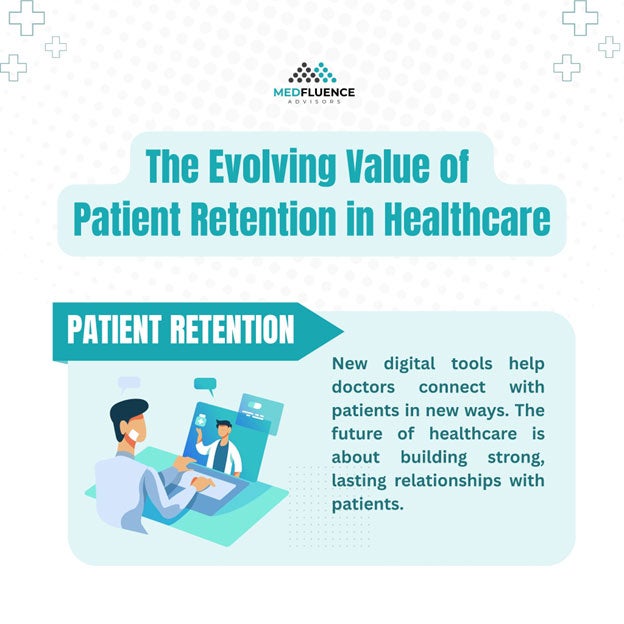
Things are changing fast in healthcare, and keeping patients happy is key to a practice’s success. How people find and use medical care has changed because of computers and phones. Now, people want the same kind of easy, personal service from their doctor as they get from stores.
Just giving good medical care isn’t enough anymore. People want to feel like their doctor knows them and cares. When patients stick with a practice, they tend to take better care of themselves, which saves money in the long run.
New digital tools help doctors connect with patients in new ways. Those who use these tools well, while still having real, human connections, will do better at keeping patients. The future of healthcare is about building strong, lasting relationships with patients.
Healthcare groups see that they need to change how they keep patients. They must meet new patient expectations and use the latest technology. By focusing on keeping patients happy, medical providers can improve health results and stay strong in a competitive market.
Technology as a Catalyst for Enhanced Patient Relationships
Digital platforms have become essential tools for maintaining continuous patient engagement. More than half of health system chief information officers now identify patient engagement technology as their top priority following pandemic response tools. These technologies allow practices to remain connected with patients between visits, creating touchpoints that reinforce the care relationship:
- Patient portals represent one of the most effective digital retention tools, offering secure messaging, appointment scheduling, test results access, and prescription refill capabilities. These platforms eliminate common friction points in the healthcare experience, making it easier for patients to stay engaged with their providers. When patients can interact with their healthcare teams without unnecessary hassle, their satisfaction and loyalty naturally increase.
- Remote monitoring devices and wearables have transformed how providers track patient health status outside clinical settings. These technologies relay valuable data directly to electronic health records and care teams, creating ongoing communication channels that strengthen the provider-patient relationship. Patients using these devices often feel more connected to their healthcare providers and more invested in their treatment plans, increasing the likelihood they’ll remain with the practice long-term.
- Telehealth has evolved from a pandemic necessity to an expected service offering, with patients appreciating the convenience and accessibility it provides. Practices that offer virtual care options demonstrate their commitment to meeting patients where they are, removing barriers to care that might otherwise lead patients to seek alternative providers. The integration of telehealth into standard care models creates flexibility that modern patients increasingly value and expect.
- Mobile health applications continue to gain traction as engagement tools that support patient retention. These apps can provide appointment reminders, medication management, educational resources, and direct communication channels with providers. By placing these capabilities literally in patients’ hands, practices create continuous engagement opportunities that strengthen patient loyalty and reduce the likelihood of patients switching to competitors.
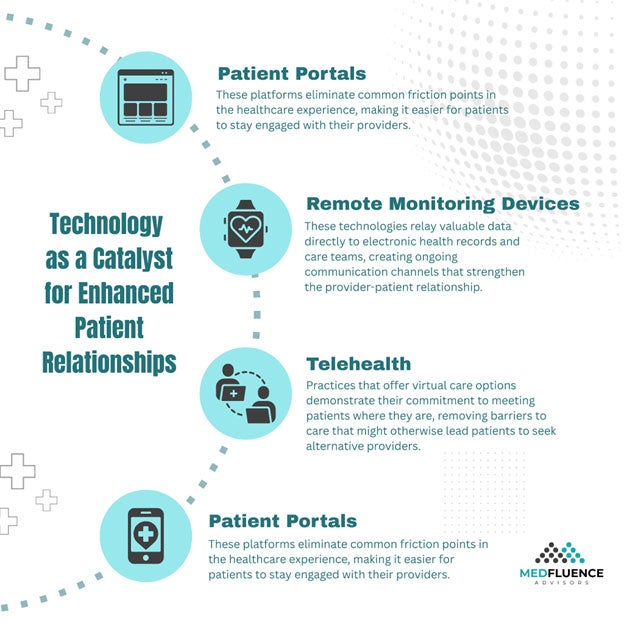
Creating Meaningful Patient Experiences
In today’s healthcare landscape, providing excellent clinical care is only part of the equation. Building strong patient relationships and fostering loyalty hinges on creating positive and meaningful experiences at every touchpoint.
The First Impression
The initial interaction often shapes a patient’s long-term view, influencing their decision to stay with a practice. Practices that use digital self-service check-in report better satisfaction and retention. By letting patients pre-register online and complete forms beforehand, practices show respect for their time and create a more pleasant start to their interaction.
Reducing Wait Times
Reducing wait times is a big factor in keeping patients happy. Long waits are a major source of frustration, with many patients saying they’d switch providers because of them.
- Digital tools that give real-time queue updates can keep patients informed and lessen the feeling of frustration.
- When delays happen, being open about expected wait times shows respect for patients’ schedules and helps manage their expectations.
Clear and Consistent Communication
Clear, consistent communication is the foundation of strong patient relationships. Successful practices offer many ways to communicate—email, text, phone, or social media—allowing patients to choose their preferred method.
- Front desk staff trained in friendly, clear patient interactions greatly adds to overall satisfaction.
- A practice that responds quickly to questions and keeps in regular contact shows its dedication to patient care beyond just medical treatment.
Simple Appointment Scheduling
Simple appointment scheduling greatly affects retention.
- Providing many booking options, including online scheduling, evening or weekend times, and clear pre-appointment instructions, makes getting care easier for patients.
- Automated reminders reduce no-shows and show the practice’s organization and attention to detail.
- When patients have easy scheduling, they’re more likely to return for future care.
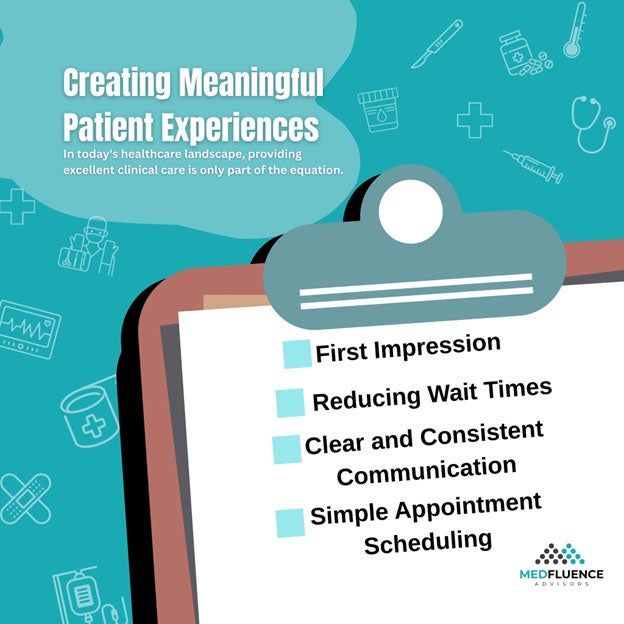
Data-Driven Approaches to Patient Retention
To thrive in an increasingly competitive healthcare market, practices must move beyond intuition and embrace data-driven strategies. By leveraging analytics and technology, providers can gain a deeper understanding of patient behavior, identify areas for improvement, and implement targeted interventions to boost retention.
Predictive Analytics
Data gives valuable insights that can predict patient needs and prevent them from leaving.
- By looking at appointment histories, communication preferences, and satisfaction numbers, practices can spot patterns that suggest a patient might leave.
- This proactive approach lets providers address concerns before patients look for care elsewhere, greatly improving retention rates.
Personalized Follow-up
Predictive modeling helps practices use targeted follow-up plans based on specific patient factors.
- These models can show which patients might benefit from extra communication, education, or support between visits.
- When patients get personalized outreach that addresses their unique health concerns, they see more value in their relationship with their healthcare provider.
Measuring Satisfaction
Measuring satisfaction gives important feedback for ongoing improvement.
- Regular surveys, feedback opportunities, and watching reviews let practices see their strengths and weaknesses in the patient experience.
- Practices that show they respond to feedback show patients that their opinions matter, strengthening the relationship and increasing loyalty.
- The most effective retention plans change based on direct patient input.
Outcome and Experience Tracking
Tracking outcomes goes beyond just clinical measures to include what patients say about their experience.
- Practices that monitor both clinical outcomes and patient satisfaction get a full view of their performance.
- This complete approach to measurement helps identify links between patient experience factors and health outcomes, leading to better retention plans that benefit both practice and patients.
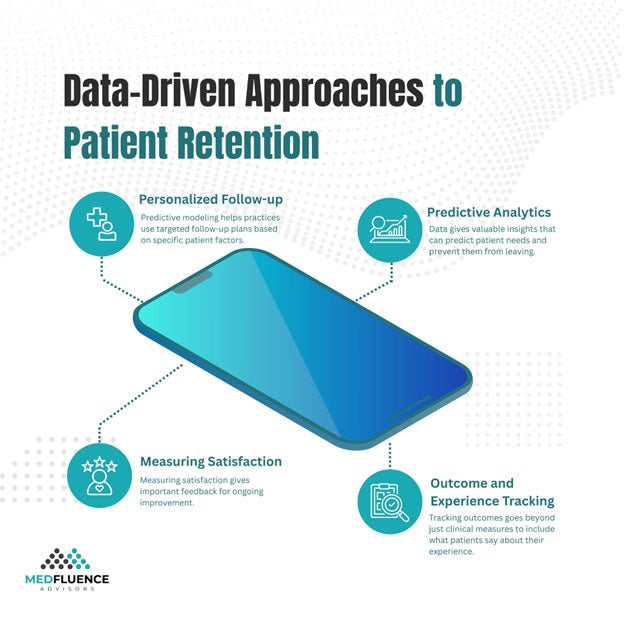
Digital Marketing Strategies That Foster Loyalty
Content that educates patients about health conditions, prevention strategies, and treatment options provides value beyond clinical visits. According to research, 50% of healthcare marketers recognize significant growth opportunities in content marketing for building trust and authority. Practices that consistently share valuable health information position themselves as ongoing resources in patients’ lives, strengthening relationships between appointments.
Social media platforms offer powerful tools for community building around healthcare practices. Regular posts about health topics, practice updates, and community involvement help maintain connections with patients. These platforms also provide opportunities for patients to engage with providers through comments and messages, creating additional touchpoints that reinforce the care relationship.
Video content has emerged as particularly effective for patient engagement. Videos explaining health conditions, introducing practice staff, or demonstrating self-care techniques create memorable connections with patients. This format often communicates complex health information more effectively than text, enhancing patient understanding and satisfaction with their care experience.
Mobile health technology continues to evolve as an engagement channel. From appointment reminders to symptom tracking, these applications provide valuable services while keeping the practice top-of-mind for patients. Practices that offer useful mobile tools create daily engagement opportunities that reinforce patient relationships and increase the likelihood of long-term retention.
Building Enduring Patient Relationships
Communication strategies that extend beyond appointments help maintain patient connections. Regular health newsletters, birthday greetings, and preventive care reminders show patients the practice cares about their wellbeing year-round. These ongoing touchpoints keep the practice present in patients’ minds and demonstrate commitment to their health beyond problem-focused visits.
Prevention-focused care models support stronger patient relationships. When practices emphasize wellness and prevention alongside treatment, they position themselves as partners in patients’ long-term health journeys. This approach aligns provider and patient goals around maintaining health rather than just addressing illness, creating shared investment in continuing the relationship.
Value-based approaches prioritize quality care and outcomes over volume. Practices adopting these models focus on delivering meaningful health improvements rather than maximizing visit numbers. Patients experience this shift through longer appointments, more thorough follow-up, and greater attention to their overall wellbeing—all factors that significantly enhance retention.
Patient-centered care structures place individual needs and preferences at the forefront of healthcare delivery.
Practices that involve patients in treatment decisions, respect their time constraints, and accommodate their communication preferences demonstrate respect for patients as people rather than just cases. This fundamental respect forms the foundation for lasting patient loyalty in an increasingly competitive healthcare marketplace.
The Road Ahead: Future Directions in Patient Retention
Artificial intelligence will play an increasingly important role in personalizing patient experiences. AI-driven systems can analyze patient data to recommend personalized communication strategies, identify at-risk patients, and suggest interventions before patients consider leaving the practice. As these technologies mature, they’ll enable even small practices to implement sophisticated retention strategies previously available only to large healthcare systems.
Gamification elements are emerging as effective engagement tools, particularly for patients managing chronic conditions. By incorporating achievement systems, progress tracking, and even competitive elements into health management, practices can increase patient participation and adherence. These approaches make ongoing health management more engaging, increasing patient investment in continuing with providers who offer these motivational systems.
Omnichannel communication strategies will become standard as patients expect seamless interactions across multiple platforms. Successful practices will maintain consistent messaging and service quality whether patients engage through phone, email, patient portal, or in-person visits. This integration creates a cohesive experience that reduces friction and reinforces patient loyalty through every interaction.
Inclusive, accessible care approaches will distinguish leading practices. As patient populations become increasingly diverse, practices that accommodate different languages, cultural preferences, and accessibility needs will retain a broader patient base. These accommodations demonstrate respect for patient individuality and remove barriers that might otherwise lead patients to seek care elsewhere.
Your Takeaway
As healthcare continues to evolve, patient retention will remain fundamental to practice success. The strategies outlined in this article—leveraging technology, enhancing patient experiences, using data effectively, implementing thoughtful digital marketing, and building genuine relationships—provide a framework for practices seeking to strengthen their retention efforts.
For medical practices facing increasing competition, implementing these patient retention strategies represents a high-return investment. By focusing on meaningful engagement and relationship building, practices can reduce costly patient turnover while improving satisfaction, outcomes, and financial performance. The future of healthcare belongs to providers who recognize that patient retention isn’t just about keeping appointments filled—it’s about creating ongoing value that patients can’t find elsewhere.
The practices that thrive in tomorrow’s healthcare landscape will be those that successfully blend technology with human connection, convenience with quality care, and innovation with reliability. By adopting forward-thinking retention strategies today, medical practices position themselves for sustained success in an increasingly patient-driven healthcare environment.
Beyond the First Appointment: Building a Practice That Patients Choose Again and Again
The journey of patient retention isn’t simply about keeping appointments filled—it’s about creating a healthcare home where patients feel genuinely seen and supported through every stage of their healing process.
When patients suffering from complex or chronic conditions find a practice that truly understands their needs, something remarkable happens. The relationship transforms from transactional to transformational. These patients become not just loyal to your practice, but advocates who share their stories with others still searching for answers.
This ripple effect creates a sustainable cycle of growth that’s built on something far more durable than any marketing campaign. Medfluence Advisors is here to help you get real results and provide genuine care.

